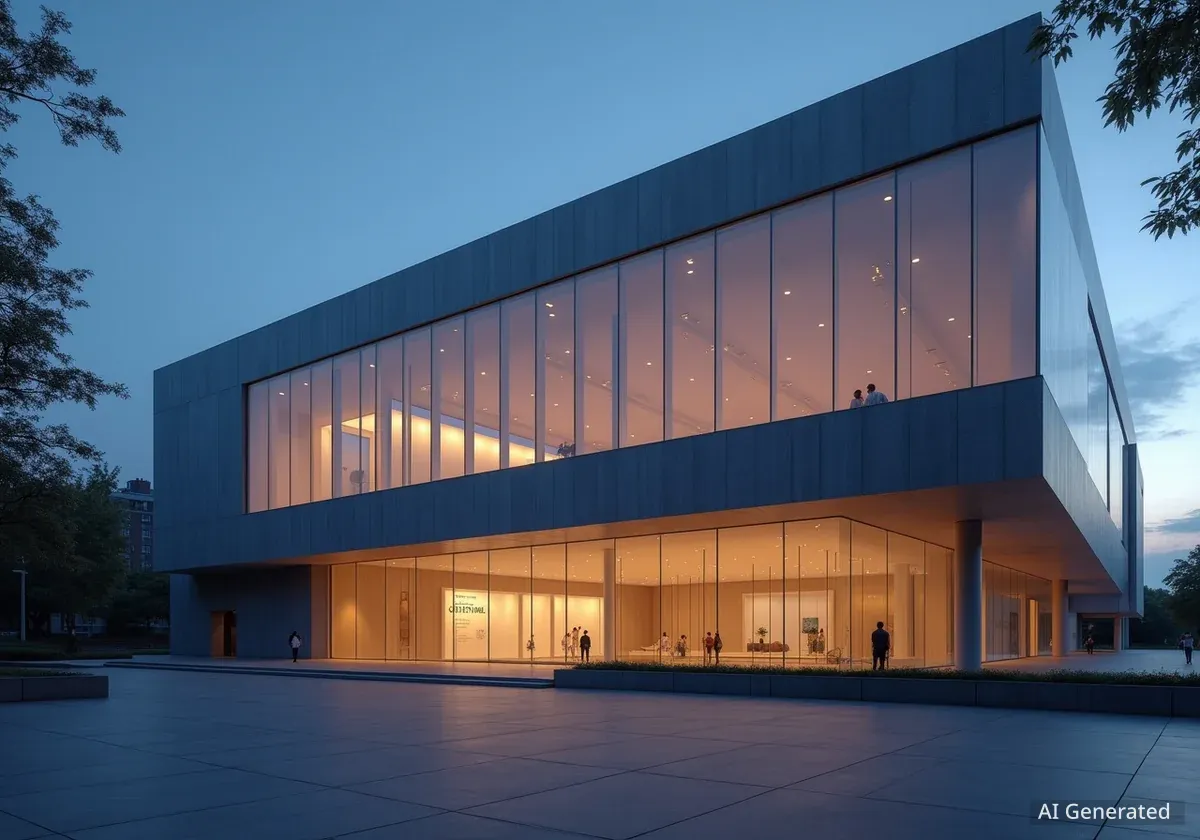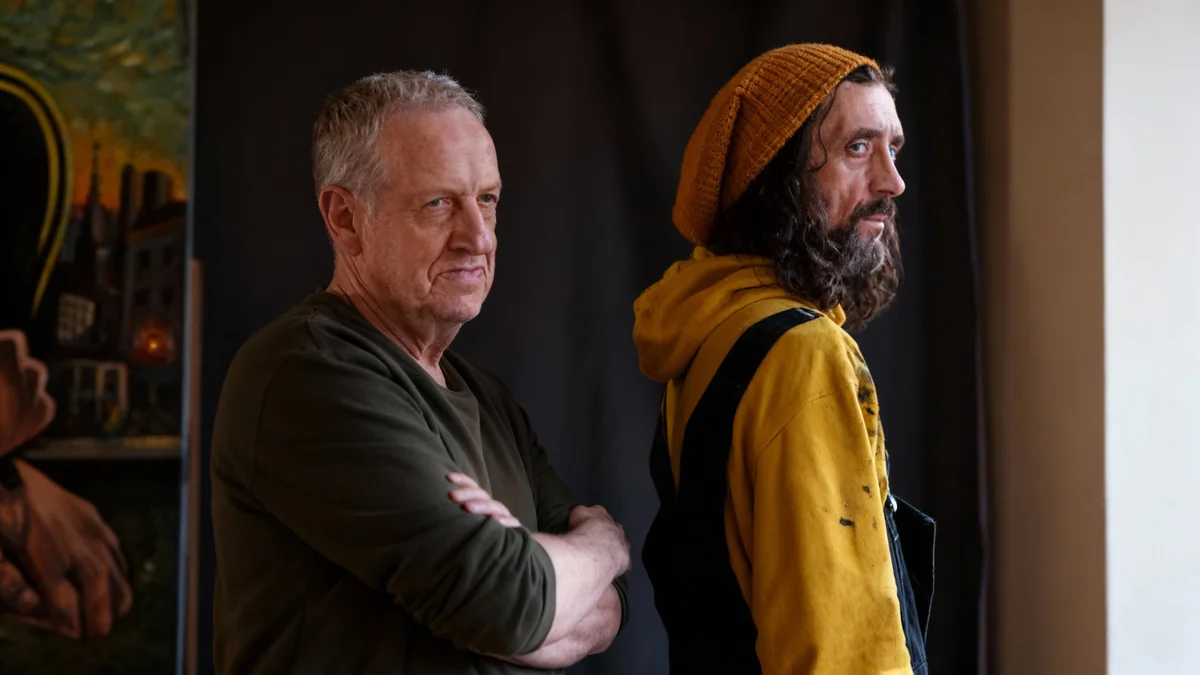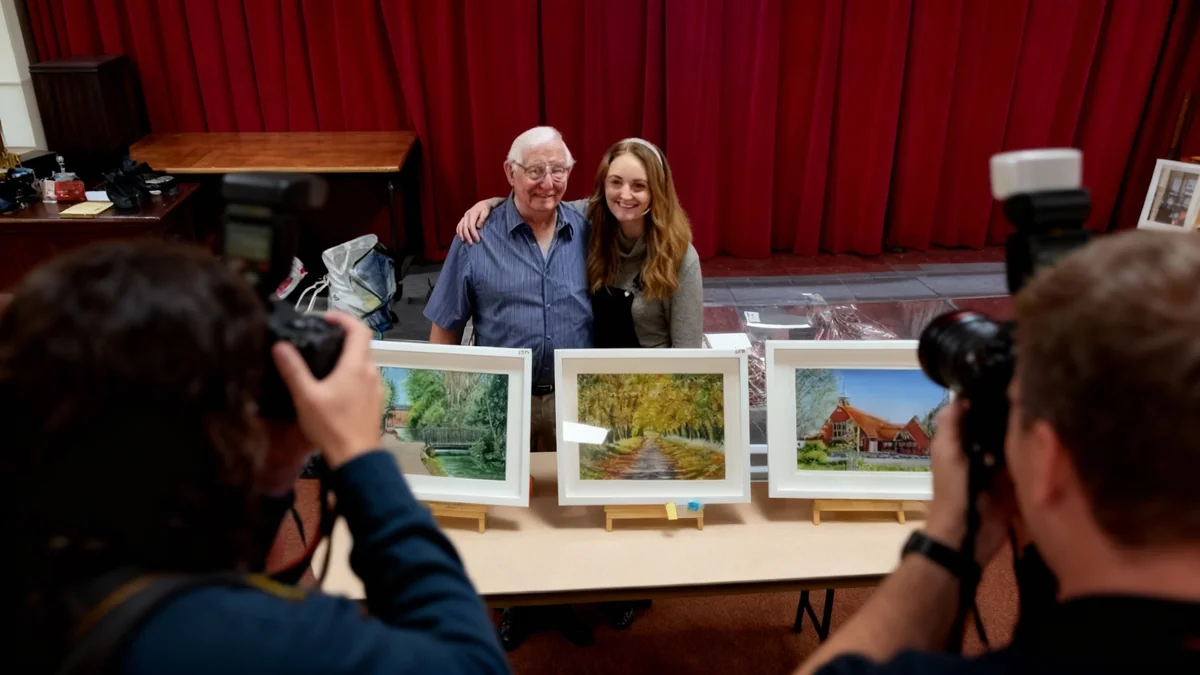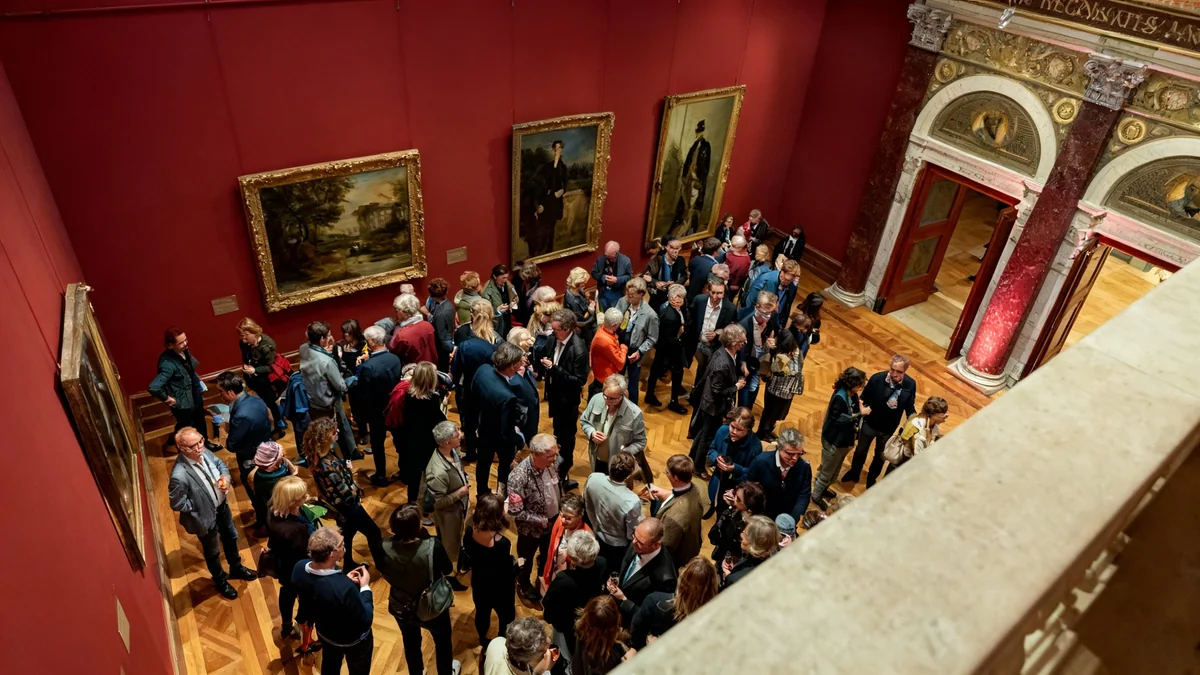Lisa Phillips, the director of New York's New Museum, will step down after more than 25 years in her role. Her departure comes as the museum continues a significant 62,000-square-foot expansion. This project marks the second major physical enlargement Phillips has overseen during her tenure, which began in 1999. The museum expects the expansion to open later this fall, though an official date has not yet been announced.
Key Takeaways
- Lisa Phillips is retiring after 25 years as New Museum director.
- She oversaw two major expansions, including a current 62,000-square-foot project.
- Her leadership brought diverse exhibitions and established the New Museum Triennial.
- Phillips faced criticism regarding trustee-owned art shows and staff unionization.
- The museum plans a $50 million endowment growth and a search for a new director.
A Quarter-Century of Leadership and Growth
Lisa Phillips, 71, confirmed her decision to retire, stating it was the appropriate moment for her to step down. She became director in 1999, succeeding founder Marcia Tucker as only the second person to lead the institution. Under her guidance, the New Museum has significantly transformed, both in its physical presence and its programmatic scope.
One of Phillips's most notable achievements was the museum's relocation to the Bowery in 2007. This move dramatically expanded its physical footprint, providing more space for exhibitions and public programs. The current expansion project further solidifies this growth, adding crucial square footage for future initiatives.
Museum Expansion Milestones
- 1999: Lisa Phillips appointed Director.
- 2007: Museum relocates to a new building on the Bowery, significantly increasing its size.
- 2024: Current 62,000-square-foot expansion project nears completion.
Exhibitions and Programs Under Phillips
During her long tenure, Phillips curated and presented a wide array of significant exhibitions. These included comprehensive surveys and retrospectives for acclaimed artists such as Wangechi Mutu, Pipilotti Rist, Rosemarie Trockel, Carroll Dunham, Chris Burden, and Peter Saul. These shows helped define the museum's identity as a leading institution for contemporary art.
The museum also organized influential group exhibitions. Notable examples include the 2007 show “Unmonumental: The Object in the 21st Century,” which explored new directions in sculpture. Another key exhibition was 2011’s “Ostalgia,” focusing on art created under the Soviet Bloc. These exhibitions often sparked critical discussion and presented diverse artistic perspectives.
A major platform for emerging artists also launched under Phillips’s leadership: the New Museum Triennial. Established in 2010, the Triennial quickly became an important event for identifying and showcasing rising talent in the art world. Its next edition is scheduled for next year, continuing its legacy.
“It’s just the right time for me to step down,” Phillips told the New York Times regarding her decision.
Challenges and Controversies
Phillips’s leadership, while transformative, was not without its challenges. In 2010, the museum faced scrutiny for presenting an exhibition of works owned by Dakis Jouannou, a trustee. This raised questions about potential conflicts of interest within the institution.
Another area of criticism emerged around staff compensation. According to recent tax filings, Phillips’s salary was approximately $900,000. Some staff members felt this amount was too high, especially when compared to other museum salaries.
The museum also experienced a period of tension when its workers moved to unionize in 2019. Staff members alleged that management attempted to prevent the formation of the union. Reflecting on this period, Phillips acknowledged a shift in perspective. She told the New York Times, “At first, I felt that it was antithetical to the culture of the museum. But then I began to see that this is very much a new generation speaking, and we needed to listen.” This statement indicates a recognition of evolving workplace dynamics and employee voices.
Unionization in Museums
The unionization efforts at the New Museum were part of a broader trend across cultural institutions. Many museum workers have sought to unionize in recent years, advocating for better wages, benefits, and working conditions. This movement reflects a growing desire for greater equity and transparency within the arts sector.
Expanding Beyond Exhibitions
Phillips also focused on expanding the museum’s reach beyond traditional exhibitions. She oversaw the addition of New Inc, an incubator for art, technology, and design. This initiative supports creative entrepreneurs and fosters interdisciplinary collaboration.
Furthermore, Phillips brought Rhizome, a prominent art and technology organization, under the museum’s umbrella. This integration strengthened the New Museum’s commitment to exploring the intersection of art and digital culture. These strategic additions positioned the museum as a leader in contemporary art and innovation.
Before her role at the New Museum, Phillips served as a curator at the Whitney Museum. Her extensive background in major art institutions prepared her for the significant responsibilities of directing the New Museum.
Succession and Future Plans
Phillips is the second major New York museum director to announce their departure recently. Glenn Lowry of the Museum of Modern Art (MoMA) announced last year that he would also step down, with Christophe Cherix slated to become MoMA’s next leader. This marks a period of significant leadership transition for prominent art institutions in the city.
The New Museum will soon begin its search for Phillips's successor. This process will be critical as the museum works towards its ambitious financial goals. According to the New York Times, the institution aims to grow its endowment by an additional $50 million by 2027. The new director will play a key role in achieving this financial target and guiding the museum through its next phase of development and programming.
The expanded facility, once opened, will offer new opportunities for exhibitions, public engagement, and educational programs. The search for a new leader will focus on finding someone who can build upon Phillips's legacy while navigating the evolving landscape of contemporary art and museum management.




